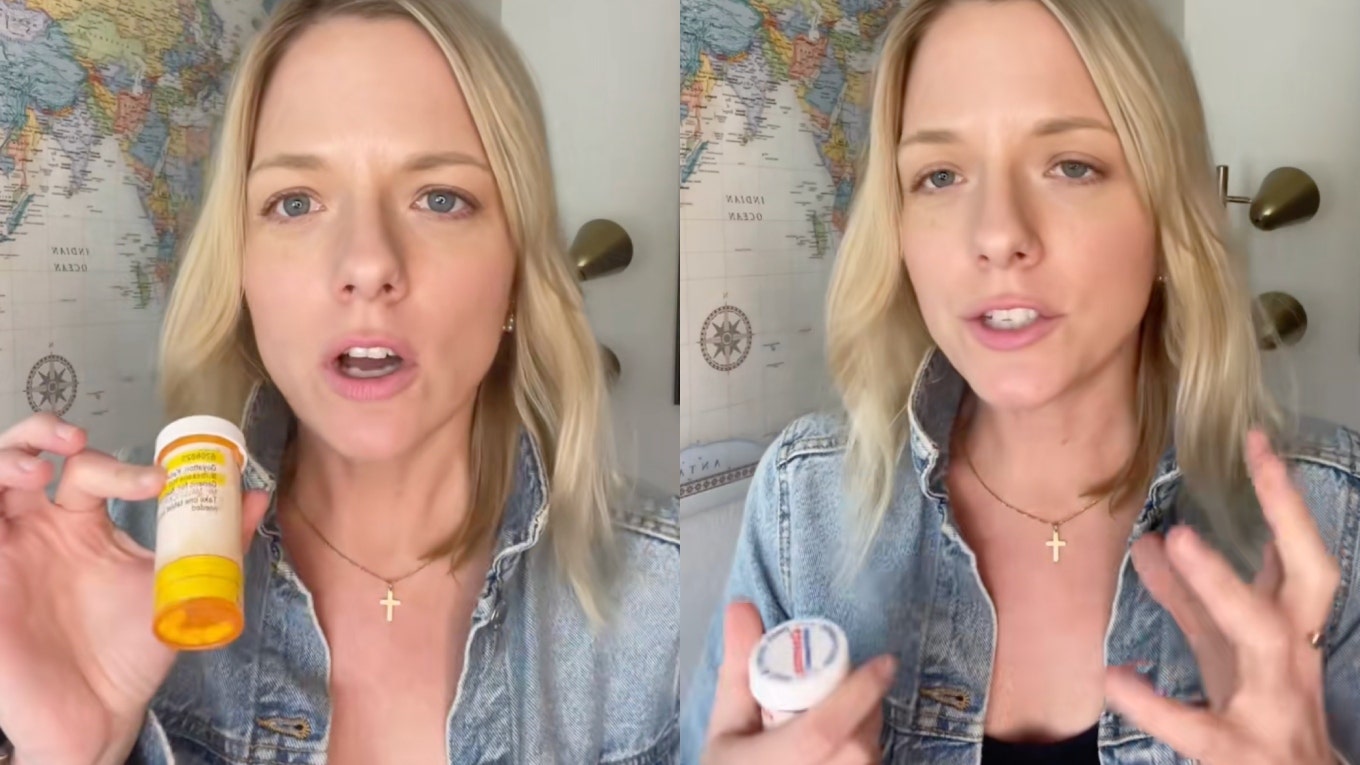A Drug That Is Said To Treat Alcoholism Has Been Around Since The 90s — But People Are Just Learning About It Now
It has around an 80% success rate!
 TikTok via @thrivealcoholrecovery
TikTok via @thrivealcoholrecovery Seeking recovery for an addiction to alcohol is no easy feat, and there's certainly no one-size-fits-all treatment plan for each individual. And even when a person makes the decision to choose recovery, not all treatment options are widely known or commonly used.
There is medication said to treat alcoholism that has been around since the 90s.
Thrive Alcohol Recovery shared a video to TikTok in an effort to educate and promote The Sinclair Method and the drug in question, Naltrexone.
Thrive Alcohol Recovery's advocacy is centered around the use of Naltrexone, a medication approved by the FDA in the 90s for alcohol treatment. It was first approved by the FDA in 1984, but it wasn't until clinical trials in the 1990s that it became an approved tool in the treatment of alcohol addiction.
Relatively inexpensive and widely available, the prescription drug Naltrexone functions by reducing the cravings for alcohol. This specific protocol of using Naltrexone as part of the recovery process is known as The Sinclair Method.
"When it's taken before you drink, over time, what it can do is it can actually help you have more control when you drink," explained Katie Lain, co-founder of Thrive Alcohol Recovery.
According to Sinclair Method UK, despite decades of research behind the opioid antagonist drug, its awareness remains underwhelmingly low.
How Naltrexone and The Sinclair Method work
According to a 2000 report from the American Academy of Family Physicians (AAFP), Naltrexone works by blocking the parts of your brain that "feel" pleasure from alcohol and narcotics. It makes you feel less of the need to consume these substances, allowing you to quit drinking more easily.
Unlike disulfiram (Antabuse), another medicine sometimes used for treating alcoholism, Naltrexone does not induce sickness if someone drinks while taking it. However, caution must be exercised when using this medication because concurrent usage with other narcotics, including codeine or morphine, could lead to withdrawal symptoms. It is also recommended to avoid using Naltrexone if pregnant or breastfeeding.
Like any medication, Naltrexone does come with possible side effects such as nausea, headaches, constipation, dizziness, nervousness, insomnia, and body aches. AAFP advises that should these side effects occur; patients should consult with their doctors for possible treatment adjustments or solutions to manage the side effects.
The duration of taking Naltrexone varies from person to person, which is decided by both the patient and doctor. But, according to AAFP, "most people take the medicine for 12 weeks or more." It is also stressed that patients must adhere strictly to the instructions given by their doctor when taking this medication.
The path to recovery is different for everybody. Just because this medication can work for some doesn't mean it will work for others!
Ethan Cotler is a writer and frequent contributor to YourTango living in Boston. His writing covers entertainment, news, and human interest stories.
